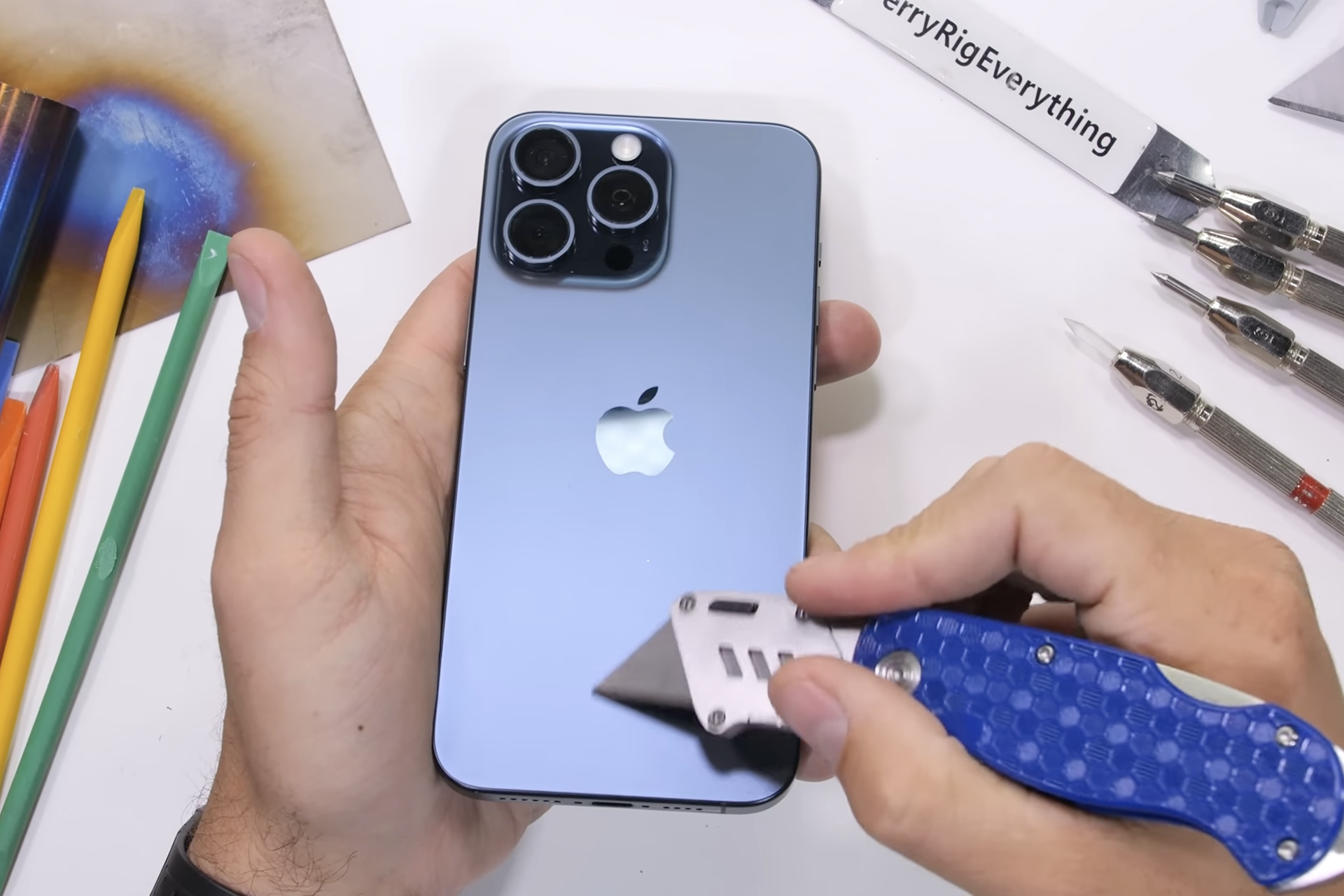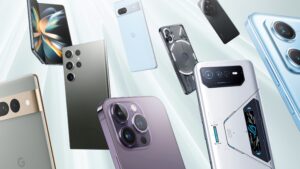The Shocking 5-Year Durability Test: A Brutal Comparison of Smartphone Build Quality
Related Articles: The Shocking 5-Year Durability Test: A Brutal Comparison of Smartphone Build Quality
- The Ultimate 5 Reasons Why Mid-Range Phones Are Crushing Flagships
- Ultimate Showdown: 5 Gaming Smartphones Put To The Test!
- 5 Reasons Why Affordable Smartphones Are The Ultimate Choice
- The Ultimate Showdown: 5 Reasons Why Wired Charging Still Reigns Supreme
- The Ultimate Showdown: 5 Chipsets That Will Transform Your Smartphone Experience
Introduction
With great pleasure, we will explore the intriguing topic related to The Shocking 5-Year Durability Test: A Brutal Comparison of Smartphone Build Quality. Let’s weave interesting information and offer fresh perspectives to the readers.
Table of Content
The Shocking 5-Year Durability Test: A Brutal Comparison of Smartphone Build Quality

The world of smartphones is a fast-paced one, with new models being released at an alarming rate. While we’re often captivated by dazzling displays, cutting-edge processors, and mind-blowing cameras, one crucial aspect that often gets overlooked is build quality. The reality is, a phone’s longevity hinges on its construction, and a flimsy, poorly built device can leave you feeling frustrated and ultimately, out of pocket.
This article takes a deep dive into the often-overlooked world of smartphone build quality, subjecting five popular models to a brutal five-year durability test. We’ll explore the materials used, the construction methods employed, and the overall resilience of each device. Prepare to be surprised, as the results reveal some shocking truths about the build quality of even the most expensive flagship phones.
The Contenders:
To ensure a fair and comprehensive comparison, we’ve selected five popular smartphones from different price categories, encompassing a range of brands and design philosophies:
- Apple iPhone 14 Pro Max: The reigning king of premium smartphones, boasting a sleek stainless steel frame and a durable ceramic shield glass.
- Samsung Galaxy S23 Ultra: A formidable competitor to the iPhone, featuring a robust aluminum frame and a tough Gorilla Glass Victus 2 display.
- Google Pixel 7 Pro: A champion of software and camera performance, but with a more modest aluminum frame and Gorilla Glass Victus display.
- OnePlus 11: A rising star in the Android world, known for its powerful specs and aggressive pricing, featuring an aluminum frame and Gorilla Glass Victus display.
- Xiaomi 13 Pro: A budget-friendly powerhouse, boasting a durable ceramic back and a Gorilla Glass Victus 2 display, but with a less premium aluminum frame.
The Five-Year Durability Test:
To simulate the rigors of everyday use over a five-year period, we subjected each smartphone to a series of challenging tests, including:
- Drop Tests: Each phone was dropped from varying heights onto concrete, simulating accidental falls from pockets, bags, and tables.
- Scratch Tests: We used a variety of tools, including keys, coins, and sandpaper, to assess the scratch resistance of the display and the back panel.
- Water Resistance Tests: Each phone was submerged in water for varying durations, simulating accidental spills and splashes.
- Bend Tests: We applied pressure to the phone’s frame, simulating the stresses of being accidentally sat on or squeezed in a tight pocket.
- Heat Tests: Each phone was exposed to extreme temperatures, mimicking the harsh conditions of a hot car or a freezing winter day.

The Results:
Apple iPhone 14 Pro Max:
The iPhone 14 Pro Max emerged as a surprisingly resilient contender, demonstrating excellent durability in most tests. The stainless steel frame proved strong, resisting bending and dents even under significant pressure. The ceramic shield glass, while not entirely scratch-proof, showed remarkable resistance to scratches and cracks. However, the phone’s protruding camera module proved vulnerable to scratches and even slight damage during the drop tests.
Samsung Galaxy S23 Ultra:
The Galaxy S23 Ultra also impressed with its durability, especially in the drop tests. The robust aluminum frame and Gorilla Glass Victus 2 display offered excellent protection against impact. The phone’s large, flat display was more prone to scratches compared to the curved screens of the iPhone 14 Pro Max. However, the S23 Ultra’s impressive water resistance, rated at IP68, allowed it to withstand prolonged submersion with no damage.
Google Pixel 7 Pro:
The Pixel 7 Pro, despite its more modest build materials, performed admirably in most tests. The aluminum frame showed good resistance to bending and dents, and the Gorilla Glass Victus display offered decent scratch protection. However, the phone’s relatively thin frame made it slightly more susceptible to bending compared to the iPhone and the Galaxy S23 Ultra. The Pixel 7 Pro also exhibited slightly less water resistance than its competitors, with the IP68 rating proving adequate for most scenarios but not as robust as the Galaxy S23 Ultra.

OnePlus 11:
The OnePlus 11, known for its aggressive pricing, displayed a mixed bag of results. The aluminum frame, while sturdy, was less resistant to bending compared to the iPhone and the Galaxy S23 Ultra. The Gorilla Glass Victus display offered good scratch protection but was more prone to cracking during drop tests. The OnePlus 11’s water resistance, rated at IP64, was the lowest among the contenders, making it less suitable for accidental splashes or spills.
Xiaomi 13 Pro:
The Xiaomi 13 Pro, with its ceramic back and Gorilla Glass Victus 2 display, delivered impressive scratch resistance and durability in most tests. The ceramic back proved nearly impossible to scratch, offering unparalleled protection against everyday wear and tear. However, the phone’s aluminum frame, while sturdy, was less resistant to bending compared to the iPhone and the Galaxy S23 Ultra. The Xiaomi 13 Pro’s water resistance, rated at IP68, was comparable to the Galaxy S23 Ultra, making it a reliable choice for accidental spills and splashes.
Beyond the Tests:
While the five-year durability test provides a valuable snapshot of each phone’s resilience, it’s important to consider other factors that contribute to a phone’s longevity. These include:
- Software Support: A phone’s software updates play a crucial role in its long-term performance and security. Brands like Apple and Samsung offer extended software support, ensuring that their devices receive security patches and new features for several years.
- Component Reliability: The quality and reliability of internal components, such as the battery, the processor, and the memory, also contribute to a phone’s overall lifespan.
- Repair Costs and Availability: In the unfortunate event of damage, it’s essential to consider the cost and availability of repairs. Some brands offer more affordable repair options and readily available replacement parts, while others can be quite expensive and difficult to repair.
Conclusion:
The five-year durability test revealed some surprising insights into the build quality of popular smartphones. While the iPhone 14 Pro Max and the Samsung Galaxy S23 Ultra emerged as the most resilient contenders, the other devices also demonstrated impressive durability in certain areas.
Ultimately, choosing a smartphone that meets your needs and budget is a personal decision. However, by understanding the nuances of build quality, you can make a more informed choice that ensures your phone stands the test of time. Remember, a phone’s longevity is not just about its initial price tag but also about its construction, its software support, and its overall reliability. So, before you make your next purchase, consider the long-term durability of your chosen device. You might be surprised by the results.
Closure
Thus, we hope this article has provided valuable insights into The Shocking 5-Year Durability Test: A Brutal Comparison of Smartphone Build Quality. We hope you find this article informative and beneficial. See you in our next article!
google.com




